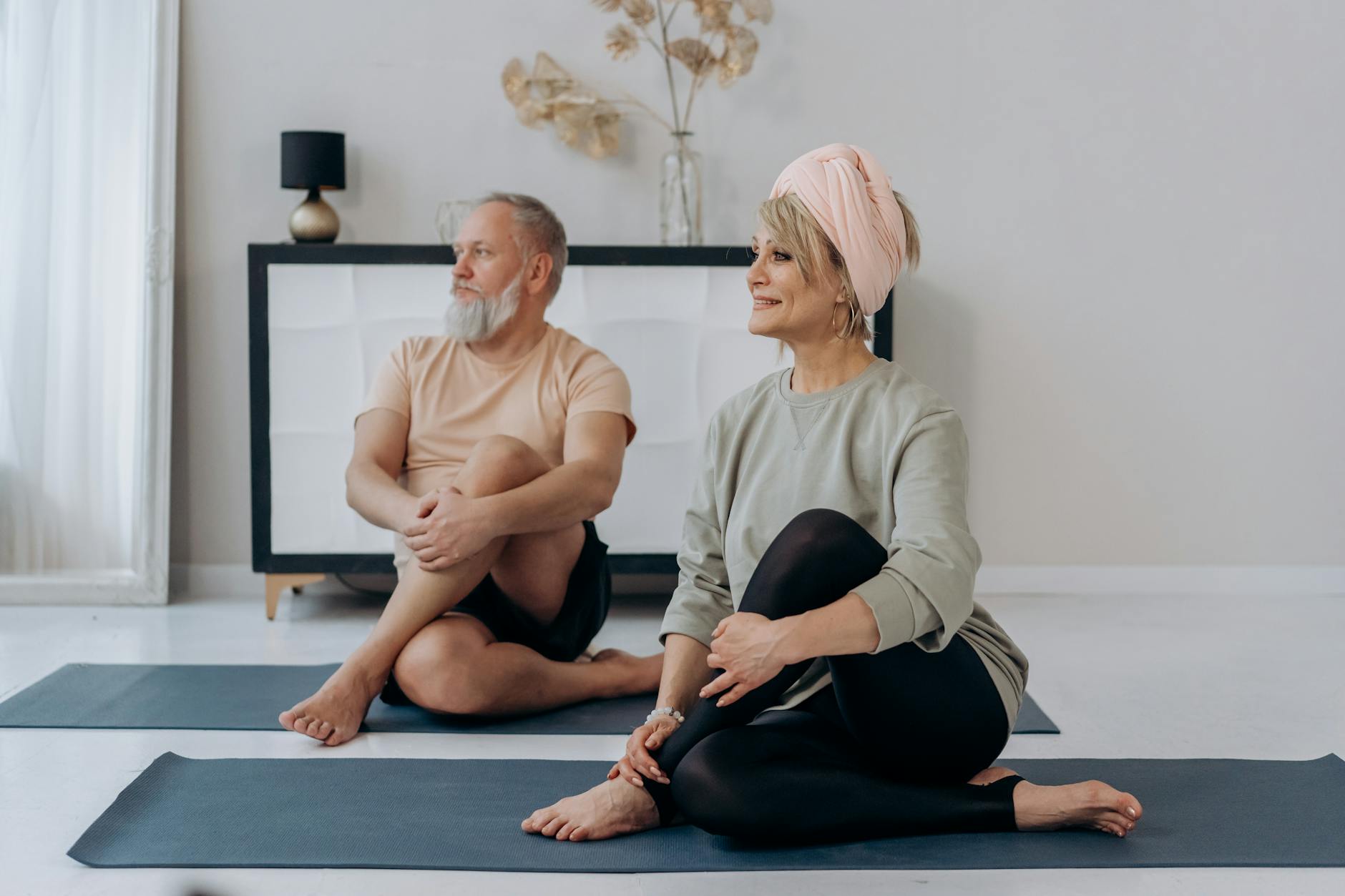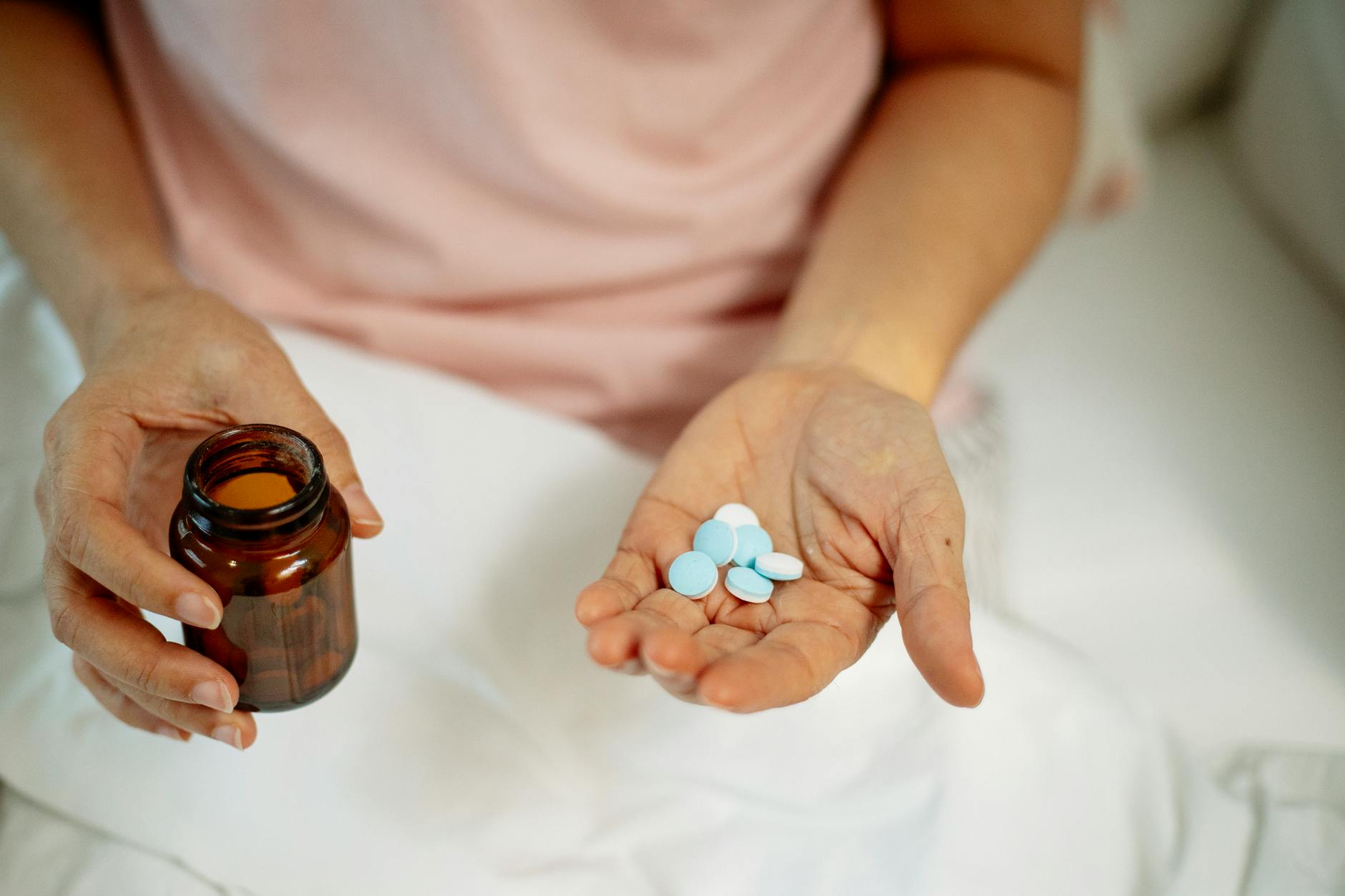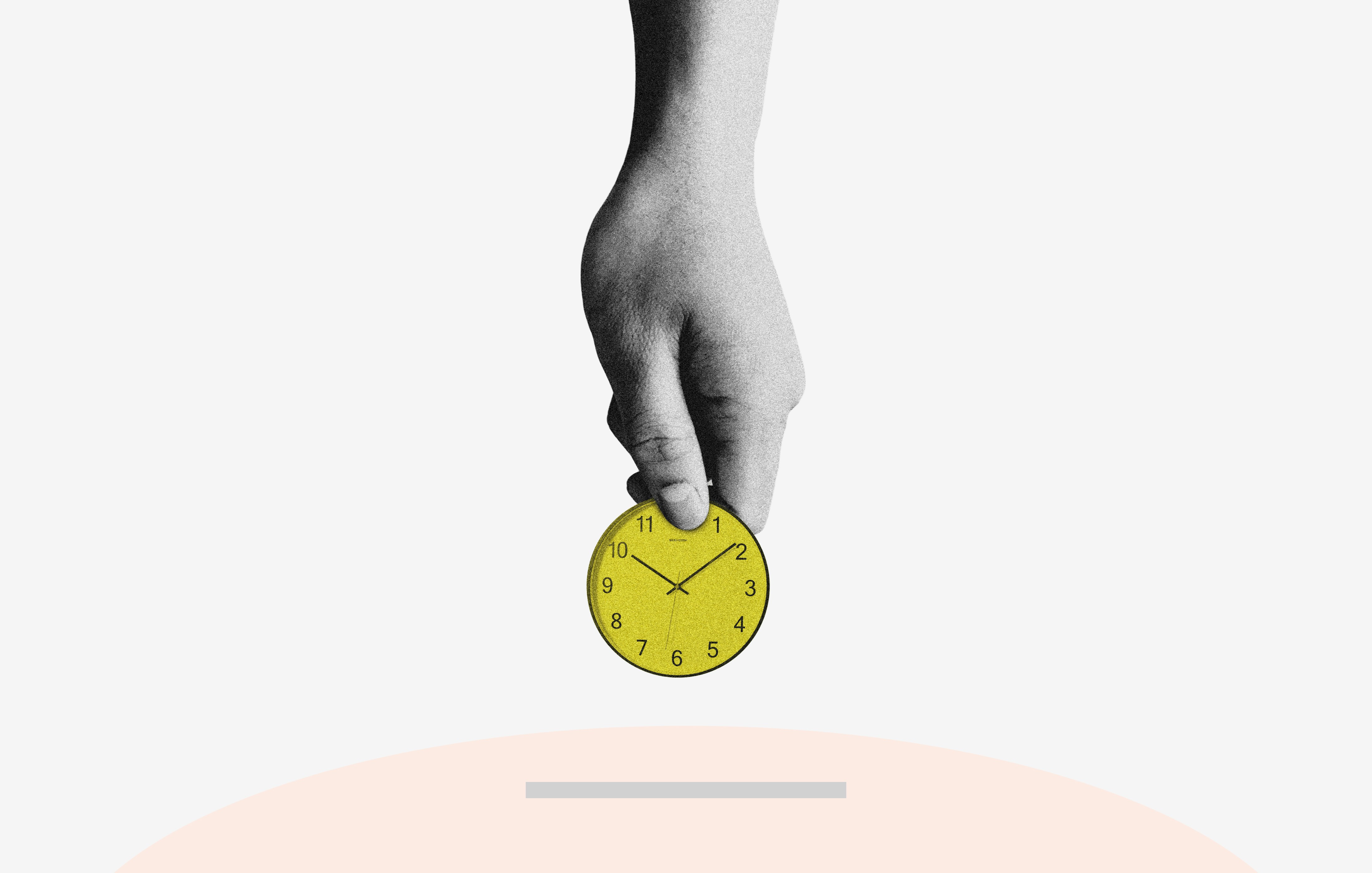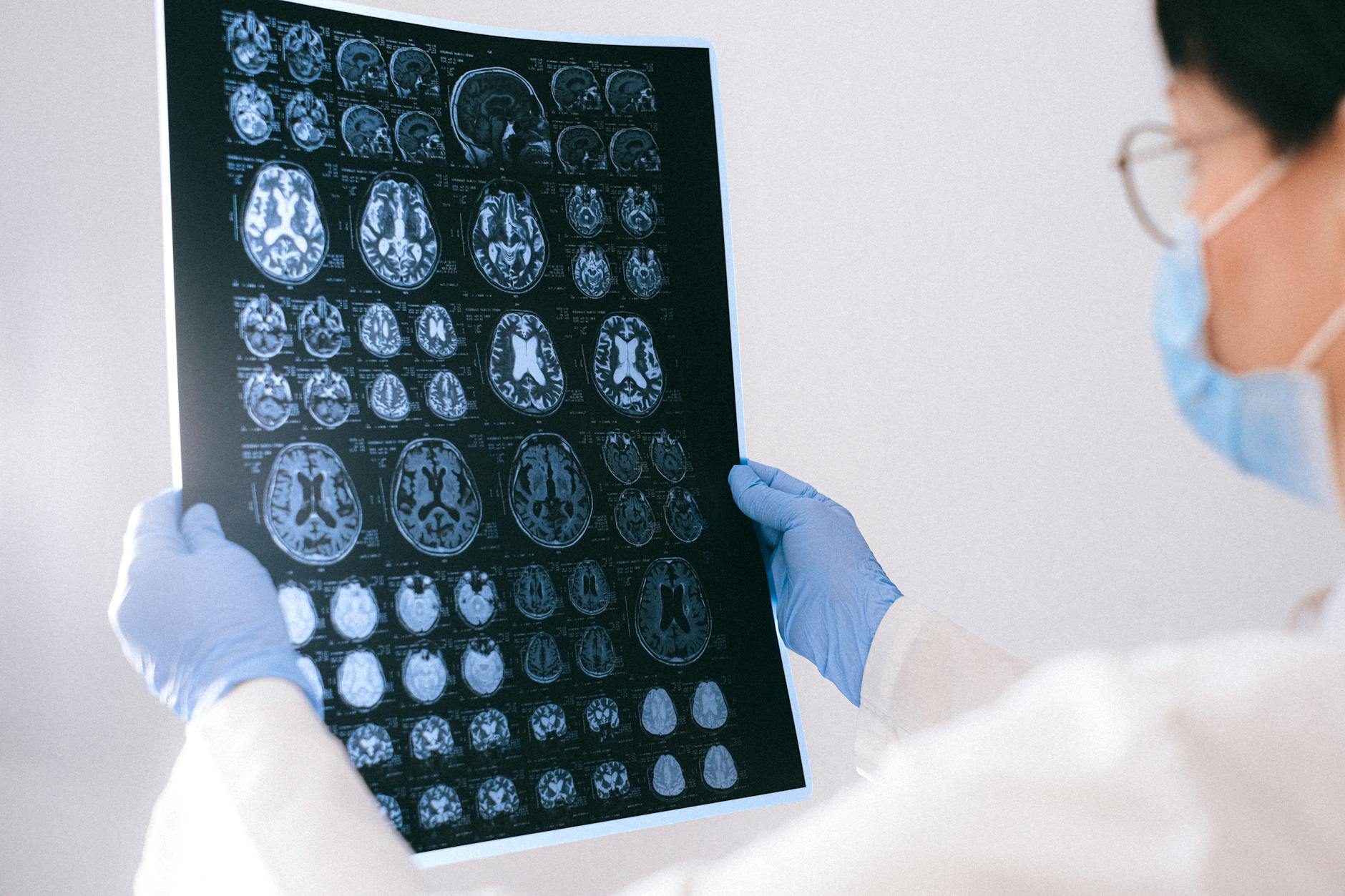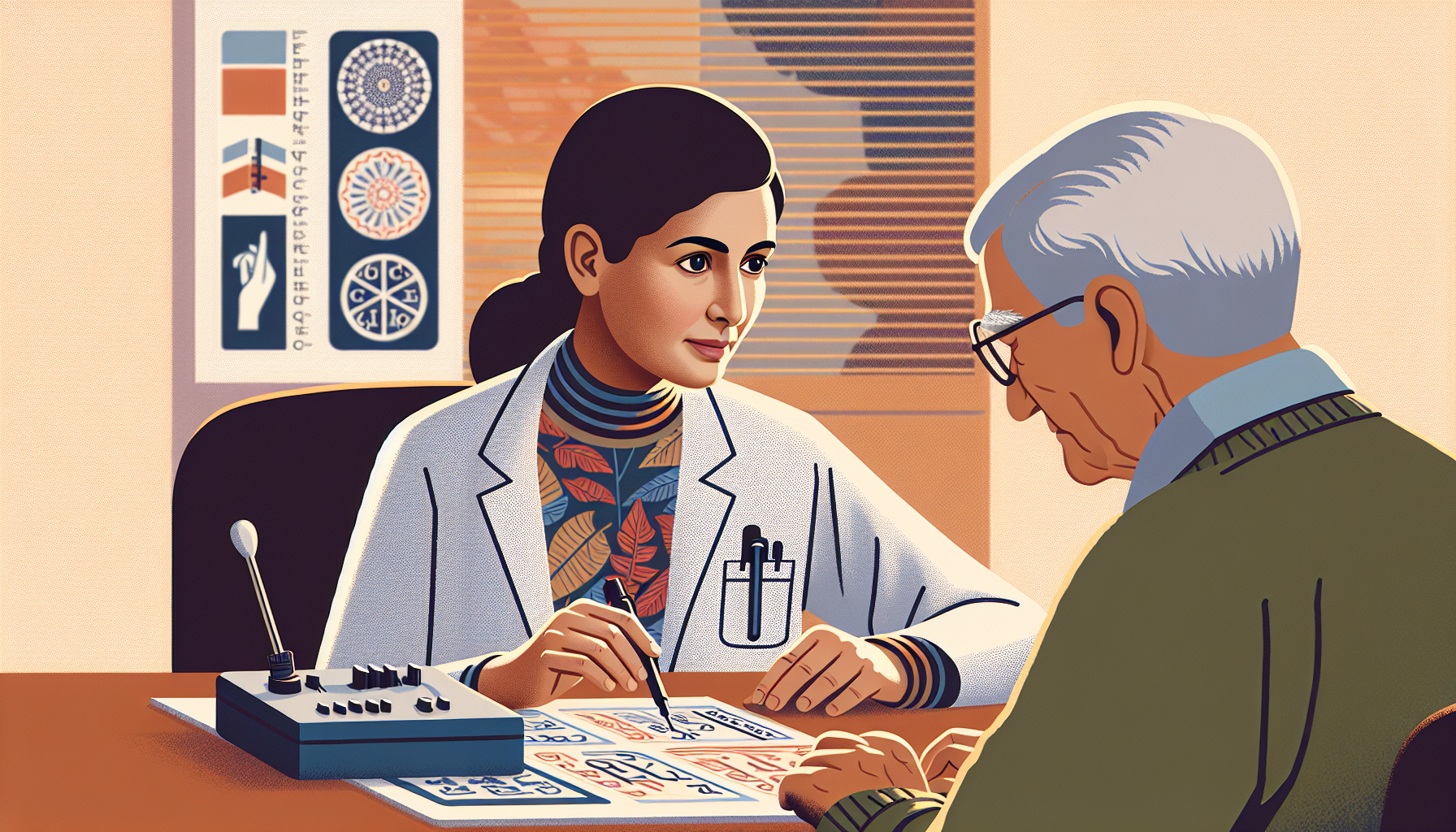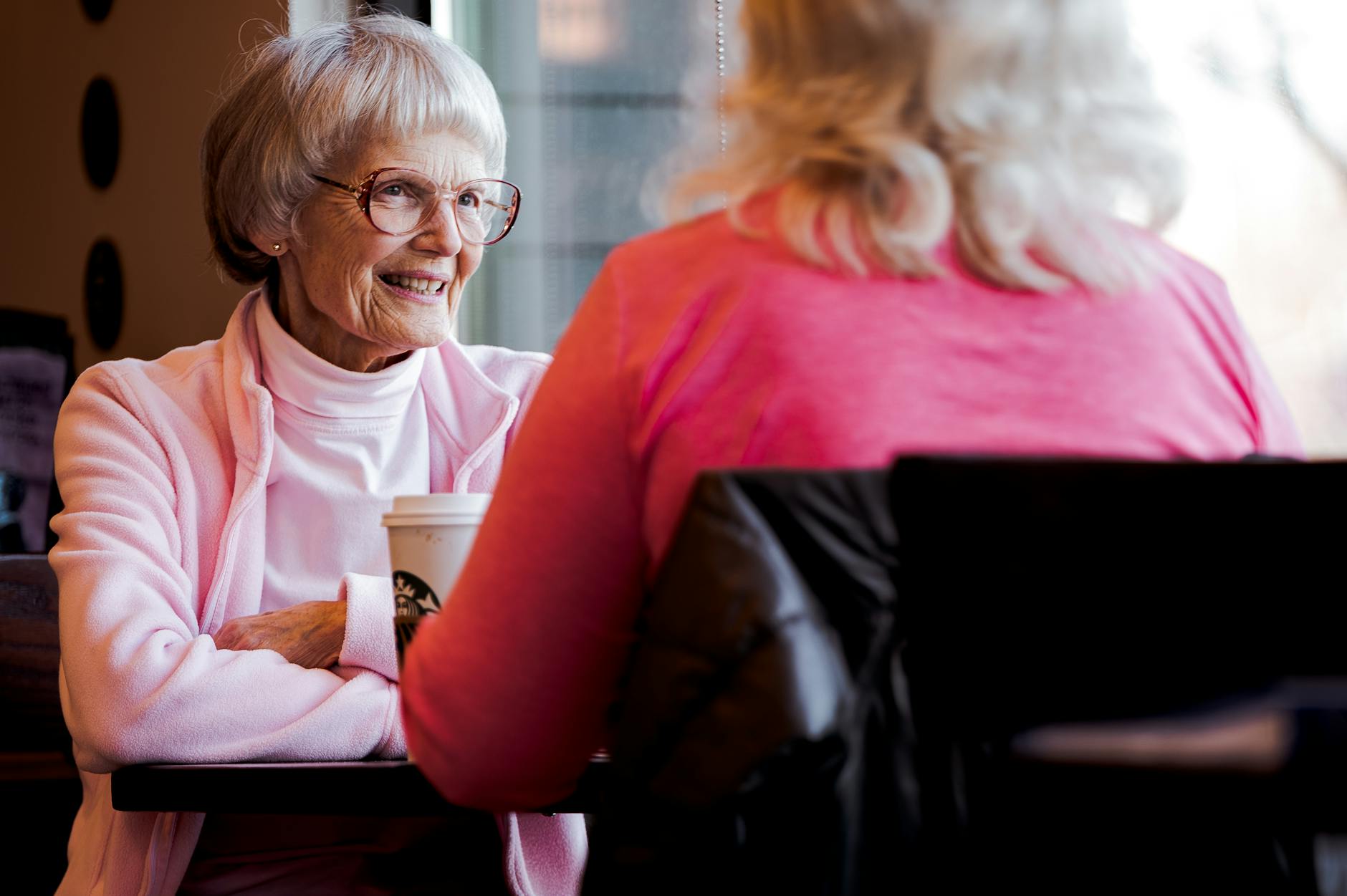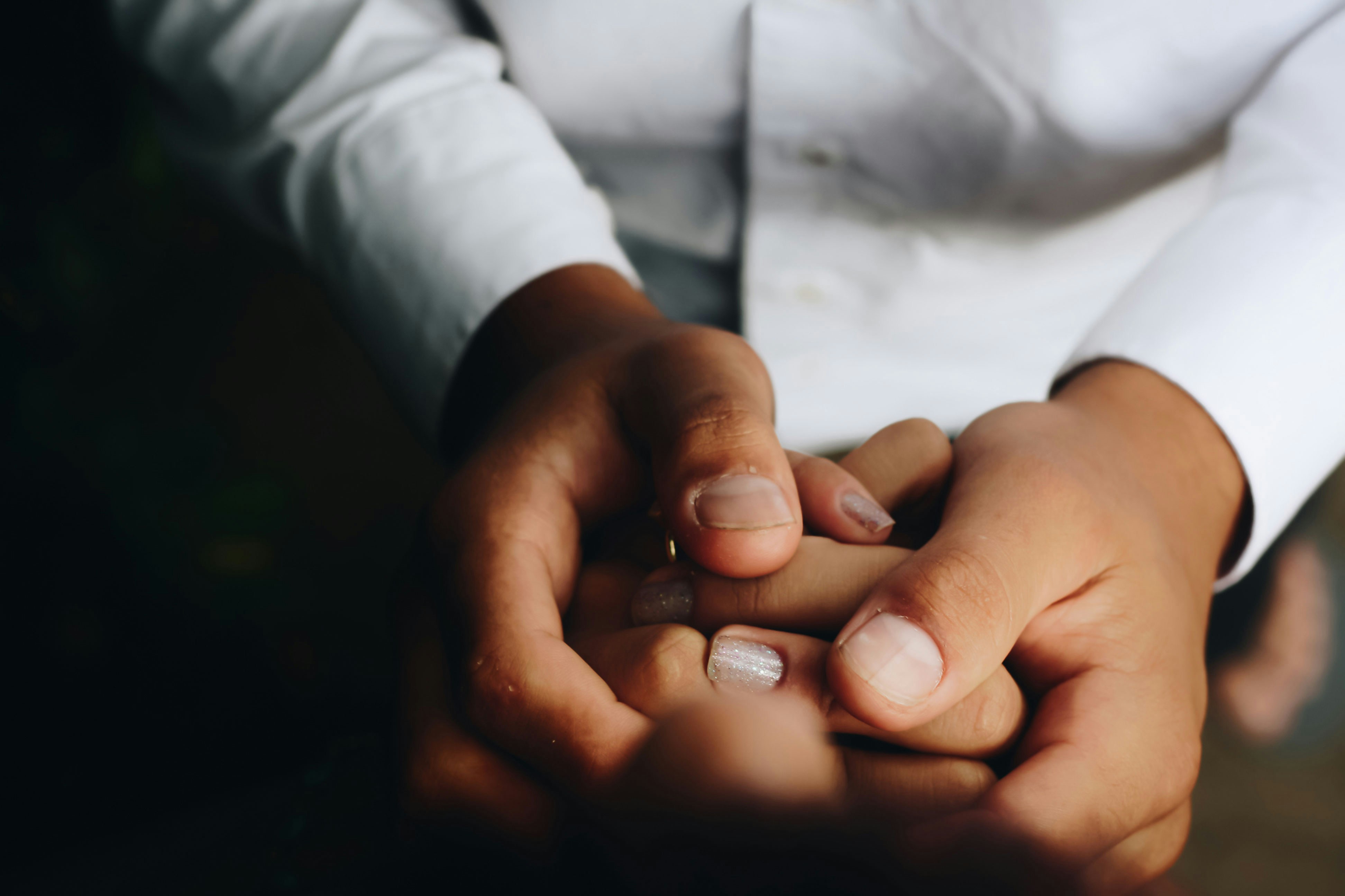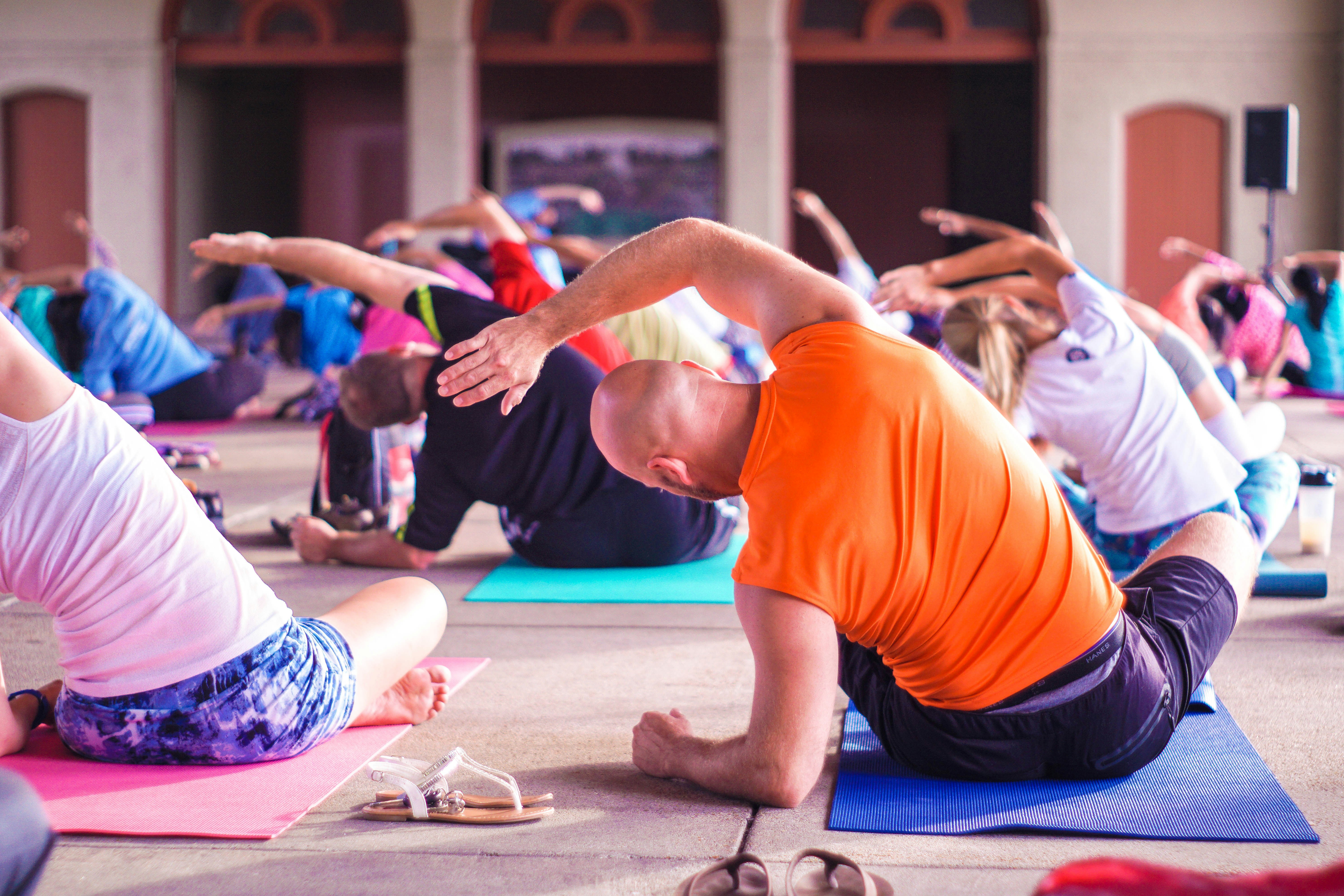How Long Can Senior Benefits From Rehab?
Discover how long elderly individuals can benefit from rehab.

Understanding Rehabilitation for Seniors
Rehabilitation plays a crucial role in the overall well-being and quality of life for senior citizens. It helps them regain independence, improve functional abilities, and enhance their overall physical and mental health. In this section, we will explore the importance of rehabilitation for the elderly and the impact of frailty on the rehabilitation process.
Importance of Rehabilitation for Elderly
Rehabilitation has become an essential component of geriatric care and therapy as the focus has shifted from "years to life" to "life to years". It aims to restore and maximize an individual's functional abilities, allowing them to maintain independence and engage in daily activities with confidence.

For senior citizens, rehabilitation can address a wide range of conditions such as post-surgery recovery, stroke, hip fractures, and other injuries or illnesses that affect mobility and functionality. Through targeted exercises, therapies, and interventions, rehabilitation programs help seniors improve their strength, balance, coordination, and range of motion.
Furthermore, rehabilitation provides a holistic approach to care by addressing not only the physical aspects but also the emotional and cognitive well-being of the elderly. It promotes mental resilience, boosts confidence, and helps manage any psychological challenges that may arise from the aging process.
Impact of Frailty on Rehabilitation
Frailty is a condition commonly associated with aging and can significantly impact the rehabilitation process. Frail individuals tend to have reduced physiological reserves, making them more vulnerable to stressors and less able to recover from illnesses or injuries.
According to a study, nearly 1 in 4 older adults seeking rehabilitation in the US healthcare system are frail, with the prevalence of frailty increasing significantly for those over 80 years of age. Frail rehabilitation recipients are generally older, have a greater burden of other health conditions, and a higher prevalence of dementia [2].
The presence of frailty requires specialized care and tailored rehabilitation programs to address the unique needs and limitations of frail individuals. These programs focus on gradual and individualized approaches to avoid excessive stress on the body and reduce the risk of complications.
By recognizing the impact of frailty and adjusting rehabilitation strategies accordingly, healthcare professionals can provide effective and personalized care for elderly patients, ensuring optimal outcomes and improved quality of life.
Rehabilitation for seniors is a multifaceted process that requires a comprehensive understanding of individual needs, goals, and limitations. By emphasizing the importance of rehabilitation and considering factors such as frailty, healthcare providers can offer tailored interventions that promote successful outcomes and enable seniors to thrive in their daily lives.
Factors Affecting Length of Stay
When it comes to rehabilitation for seniors, the length of stay can vary depending on several factors. Understanding these factors is crucial for caregivers and senior patients to have realistic expectations and make informed decisions. Two important factors that can influence the length of stay in rehabilitation programs are age and gender disparities.
Influence of Age on Rehabilitation Length
Age plays a significant role in determining the length of stay in rehabilitation programs. According to a study published by the NCBI, there is a positive correlation between age and length of stay. In other words, older individuals may require a longer duration of rehabilitation compared to their younger counterparts.
This correlation can be attributed to various factors. Older adults often have multiple comorbidities, which can affect the pace of recovery and necessitate a more extensive rehabilitation process. Additionally, the functional independence of older adults on admission to the program and the amount of improvement achieved during rehabilitation can impact the length of stay as well.
It's important to note that individual circumstances and health conditions can vary greatly, and the length of stay should be determined on a case-by-case basis. Rehabilitation professionals work closely with patients to create personalized treatment plans that consider the specific needs and goals of each individual.
Gender Disparities in Rehabilitation
Gender disparities also play a role in the length of stay in rehabilitation programs. Research published by the NCBI suggests that factors such as gender and net worth significantly influence the length of stay in nursing homes. The study found that women tend to have a longer median stay (8 months) compared to men (3 months).
The reasons behind this disparity are multifaceted. Women, on average, tend to have higher healthcare needs and longer life expectancies, which may contribute to the longer duration of their rehabilitation. Additionally, socioeconomic factors, including differences in net worth, can impact the type and extent of care available to individuals. However, it's important to note that these disparities may vary depending on the specific rehabilitation program and individual circumstances.
Caregivers and senior patients should be aware of these potential disparities and work closely with healthcare professionals to ensure that appropriate and equitable care is provided throughout the rehabilitation process.
Understanding the influence of age and gender disparities on the length of stay in rehabilitation programs can help caregivers and senior patients navigate the rehabilitation journey more effectively. By tailoring treatment plans to individual needs and addressing any potential disparities, rehabilitation programs can optimize outcomes and support seniors in achieving their goals.
Strategies for Effective Rehabilitation
When it comes to rehabilitation for seniors, there are various strategies that can contribute to a more effective and successful recovery process. Two key approaches are multimodal approaches to rehabilitation and the use of assessment tools for elderly disabilities.
Multimodal Approaches to Rehabilitation
Effective treatment of late-life disability often involves a multimodal approach, as stated by the NCBI. This approach combines different interventions and therapies to address the specific needs of each individual. It may include medical or surgical treatments to increase capacity, as well as rehabilitation interventions to improve capacity, reduce task demands, or accomplish both.
By utilizing a multimodal approach, healthcare professionals can tailor treatment plans to address the diverse aspects of an individual's condition. This can involve a combination of medications, surgical interventions, nutritional interventions, exercise programs, prosthetics and assistive devices, and neuropsychological rehabilitation. The goal is to optimize overall functioning and enhance the individual's quality of life.
Assessment Tools for Elderly Disabilities
To provide effective rehabilitation for seniors, it is essential to have comprehensive assessment tools that can identify their specific disabilities and functional limitations. These assessment tools help healthcare professionals gain a better understanding of the individual's needs and develop appropriate treatment plans.
By utilizing assessment tools, healthcare providers can evaluate various aspects of a senior's physical, cognitive, and emotional functioning. This includes assessing mobility, strength, balance, cognitive abilities, psychological well-being, and social support systems. The results of these assessments guide the development of personalized rehabilitation programs that target the specific challenges faced by the individual.
With the help of assessment tools, healthcare professionals can track the progress of rehabilitation, make necessary adjustments to treatment plans, and set realistic goals for the individual's recovery. These tools also enable communication and collaboration among the multidisciplinary team involved in the rehabilitation process, ensuring holistic care and support for the elderly patient.
Incorporating both multimodal approaches and assessment tools into rehabilitation programs for seniors can greatly enhance the effectiveness of the treatment. By tailoring interventions to address individual needs and utilizing comprehensive assessments, healthcare professionals can optimize outcomes and improve the overall well-being and functional abilities of older adults.
Rehabilitation Outcomes and Predictors
When it comes to rehabilitation for seniors, the outcomes can vary depending on various factors. Understanding the predictors of rehabilitation success and the role of therapy time in outcomes is crucial for optimizing the rehabilitation process.
Predictors of Rehabilitation Success
Studies have shown that certain factors can serve as predictors of rehabilitation success for elderly patients. One crucial predictor is the level of physical activity and therapy time during the rehabilitation process. Increased therapy time has been associated with positive outcomes, such as a higher likelihood of returning home, functional recovery, and a shorter length of stay. Conversely, a decrease in therapy time has been linked to the possibility of returning to the hospital or even death [3].
Role of Therapy Time in Outcomes
The amount of therapy time received by elderly patients during their rehabilitation plays a significant role in determining the outcomes. Studies have shown that an increase in therapy time is associated with better rehabilitation outcomes. It allows for more practice and focused interventions, leading to improved functional recovery and increased chances of returning home.
On the other hand, a decrease in therapy time can have negative consequences for rehabilitation outcomes. Insufficient therapy time may hinder progress and limit the potential for functional recovery. Therefore, ensuring an adequate amount of therapy time is essential for optimizing rehabilitation outcomes for seniors.
To enhance therapy time without additional staffing, innovative approaches such as group training and patient-regulated exercise have been utilized. Group training allows for increased practice time without increasing staffing levels, which has been effective in improving mobility and functional outcomes for patients rehabilitating after stroke or joint replacement surgeries. Patient-regulated exercise enables patients to take an active role in their rehabilitation, increasing therapy time and positively impacting strength, dexterity, confidence, and task performance, particularly for stroke patients.
In addition to therapy time, involving family members in the rehabilitation process has shown positive effects on outcomes. Family participation leads to increased exercise time, improved body function, activities, and participation, while also reducing caregiver burden. Involving caregivers in therapies enhances rehabilitation outcomes and prepares them for the patient's return home.
Understanding the predictors of rehabilitation success, such as therapy time and family involvement, can help caregivers and healthcare professionals develop effective rehabilitation plans for seniors. By prioritizing therapy time and implementing strategies to optimize it, seniors can experience improved functional recovery and achieve better outcomes during their rehabilitation journey.
Rehabilitation Programs for Specific Conditions
Rehabilitation programs tailored to specific conditions play a crucial role in promoting recovery and improving the quality of life for senior patients. Two common conditions that often require specialized rehabilitation are stroke and hip fractures.
Stroke Rehabilitation Programs
Stroke patients typically experience the majority of their recovery in the first 3-6 months after the acute neurological event, with most spontaneous stroke recovery occurring during this period. Stroke rehabilitation programs, consisting of a multidisciplinary team of medical professionals, have shown significant benefits in improving functional outcomes, reducing mortality, and shortening the length of hospital stay for moderate to severe stroke patients.
These programs focus on retraining and strengthening affected muscles, improving balance and coordination, and enhancing cognitive and language skills. The rehabilitation process may involve physical therapy, occupational therapy, speech therapy, and psychological support. The goal is to help stroke survivors regain independence, reintegrate into daily activities, and minimize the impact of post-stroke cognitive impairment, language disorders, fatigue, depression, and apathy.
In stroke rehabilitation programs, the length of stay can vary depending on the severity of the stroke, the individual's progress, and other factors. The duration may range from a few weeks to several months, with the ultimate aim of maximizing functional recovery and optimizing the patient's long-term outcomes.
Hip Fracture Rehabilitation Programs
Hip fractures are common among elderly individuals and typically require specialized rehabilitation programs to facilitate recovery. These programs focus on restoring mobility, strength, and independence in daily activities.
The rehabilitation process for hip fractures often begins shortly after the surgical repair or non-surgical treatment. Physical therapy plays a crucial role in this program, helping patients regain strength and improve range of motion in the hip joint. Occupational therapy may also be involved to assist with activities of daily living, such as dressing, bathing, and transferring.
The duration of hip fracture rehabilitation programs can vary based on the individual's overall health, the extent of the fracture, and other factors. Generally, the program may last several weeks to a few months. The aim is to optimize functional recovery, minimize complications, and facilitate a safe return to daily activities.
It's important to note that the duration of rehabilitation programs for both stroke and hip fractures can be influenced by individual patient factors and their response to treatment. The multidisciplinary team overseeing the rehabilitation will assess progress and make adjustments to the program as needed to ensure the best possible outcomes for each patient.
Enhancing Rehabilitation Effectiveness
To optimize the effectiveness of rehabilitation for senior citizens, there are various strategies that can be employed. Two key approaches are family involvement in rehabilitation and group training for improved outcomes.
Family Involvement in Rehabilitation
Family participation in the rehabilitation process has been found to have numerous benefits for elderly patients. When caregivers actively engage in therapy sessions and rehabilitation activities, it can lead to increased exercise time, improved body function, activities, and participation, and a reduction in caregiver burden.
By involving family members in the rehabilitation journey, patients receive emotional support and encouragement, which can significantly enhance motivation and adherence to the rehabilitation program. Family involvement also allows caregivers to learn about the exercises and techniques being used, enabling them to provide continued support at home.
To make the most of family involvement, it is essential to establish effective communication between healthcare professionals, patients, and their caregivers. This ensures that everyone is aligned regarding the goals, progress, and expectations of the rehabilitation process. Caregivers can play an active role in assisting with exercises, providing assistance, and monitoring progress, all of which contribute to a more comprehensive and successful rehabilitation experience.
Group Training for Improved Outcomes
Group training during rehabilitation is another effective strategy for enhancing outcomes in senior patients. This approach allows for increased practice time without requiring additional staffing resources. It has been particularly successful in improving mobility and functional outcomes for patients rehabilitating after stroke, knee replacement, or hip replacement surgeries.
Group training provides a supportive and motivating environment where individuals can work together towards common goals. It fosters social interaction, which can have a positive impact on mental well-being and overall morale. In addition, group sessions often incorporate a variety of exercises and activities that target different aspects of rehabilitation, promoting comprehensive progress.
By participating in group training, senior patients can benefit from peer support, encouragement, and friendly competition. This can lead to increased engagement, adherence to the rehabilitation program, and ultimately, improved outcomes. Group training also allows healthcare professionals to monitor multiple patients simultaneously, ensuring efficient use of resources while maintaining a high standard of care.
Both family involvement and group training are valuable strategies that can significantly enhance the effectiveness of rehabilitation for senior citizens. By actively engaging caregivers and fostering a supportive group environment, these approaches contribute to better outcomes, increased exercise time, improved functional abilities, and a smoother transition back to daily life.
References
[1]: https://www.ncbi.nlm.nih.gov/pmc/articles/PMC5840914/

